 GALLERY
GALLERY
* Press and hold for Descriptions
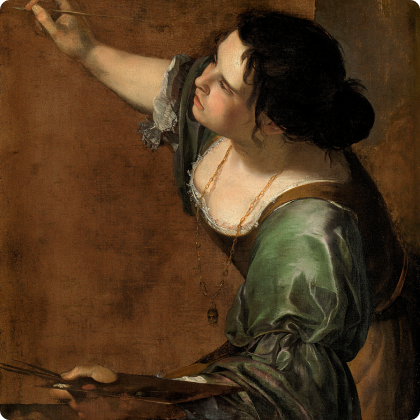
She holds a brush in one hand and a palette in the other, cleverly identifying herself as the female personification of painting - something her male contemporaries could never do.
Self-Portrait as the Allegory of Painting
1638-1639
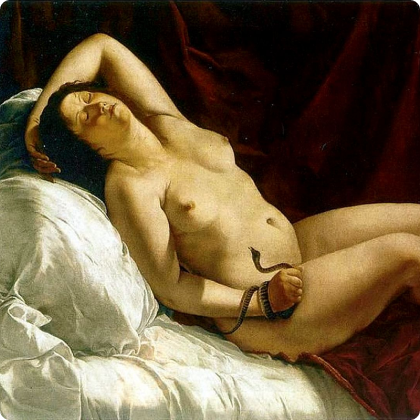
Artemisia paints Cleopatra already succumbing to its poisonous bite: her head rests languidly on her hand, her skin is deathly pale and her lips are turning blue.
Cleopatra
1611-1612
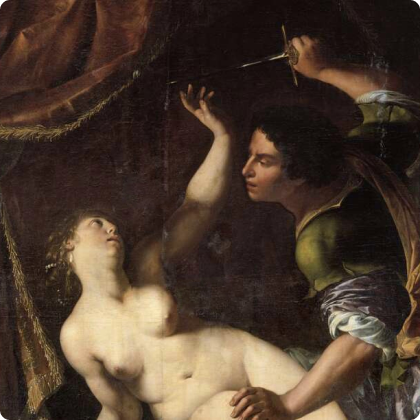
The work shows an uncomfortable Susanna with the two men lurking above her while she is in the bath.
Susanna and the Elders
1610-1611
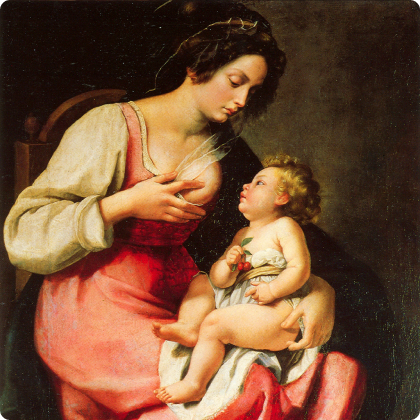
The Virgin Mary is depicted wearing a pink dress sitting on a plain wooden chair, about to nurse her son, as he turns and caresses her face with his left hand.
Madonna and Child
1630
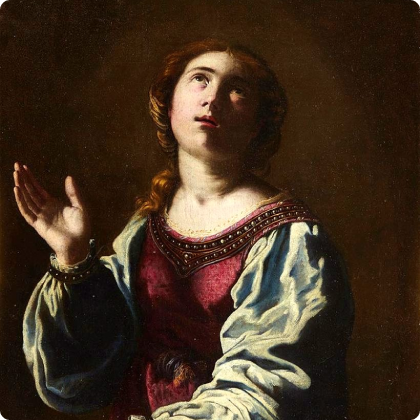
The painting depicts Saint Appolonia, a martyr who died in Alexandria during an uprising against Christians in the thirteenth century.
Saint Apollonia
1642-1644
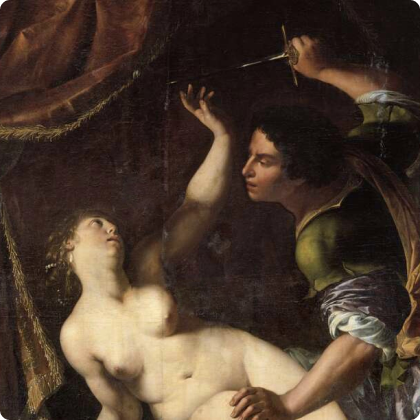
Lucretia emerges from the shadows and grasps a dagger, aiming it at her chest. The beauty of her translucent skin, the pearls in her hair, the luxurious fabrics—all contrast with the horror of what is about to happen.
Lucretia
1645-1650